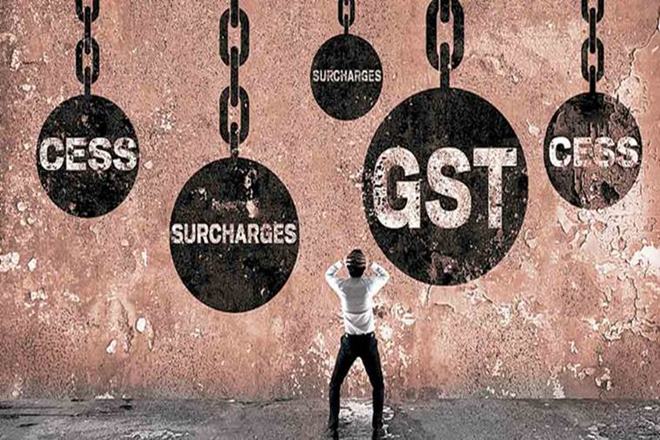GST: Top rate for services at 28 pct is a bad idea; here’s why
The Financial Express
By The Financial Express
January 23, 2017 6:00 AM
A reported 28% top rate for services is a bad idea

GST was supposed to remove classification disputes and the need for lobbying—classifications such as the ones planned will ensure neither will happen.
Though, after the breakthrough on dual control, it is almost certain India will have a working GST by July or September, the worry is that instead of being revolutionary, the tax may turn out to be just evolutionary—at least in the initial years. When GST was being proposed, the plan was to have a moderate single rate which would not only remove all classification disputes, it would raise compliance dramatically through a combination of computer-trails as well as reasonable tax rates. While there is still a hope things may converge towards that over the years, for now a very large proportion of goods are likely to be put in a 28% tax slab since the working principle is one of replacing the current tax rate with an almost similar GST rate—so, a car being taxed at 40% right now, if you combine the excise and VAT rates, will, under GST, be taxed at 28% with a 12% additional cess. While the cess is supposed to be temporary, to fund the compensation to states for a period of five years, India’s history suggests it is difficult to get rid of cesses. If that turns out to be correct, it is difficult to see how GST will be the game-changer it is supposed to be since overall tax rates in the country will remain high.
If this isn’t bad enough, a report in Business Standard suggests the GST Council may be looking at something similar for services, with multiple rates instead of the single rate right now, with an abatement for some services. What is proposed is a three-tier services GST structure, with lower rates for essential services and the highest rate for luxury services. Apart from the fact that this will push up costs dramatically, India will once again go back to the position decades ago, when different tax rates applied to air-conditioned restaurants and non-air-conditioned ones on grounds one was luxury while the other was not. GST was supposed to remove classification disputes and the need for lobbying—classifications such as the ones planned will ensure neither will happen. While the central government is committed to pushing through GST, it cannot be at any cost—it is better not to have a GST than to have a bad GST.